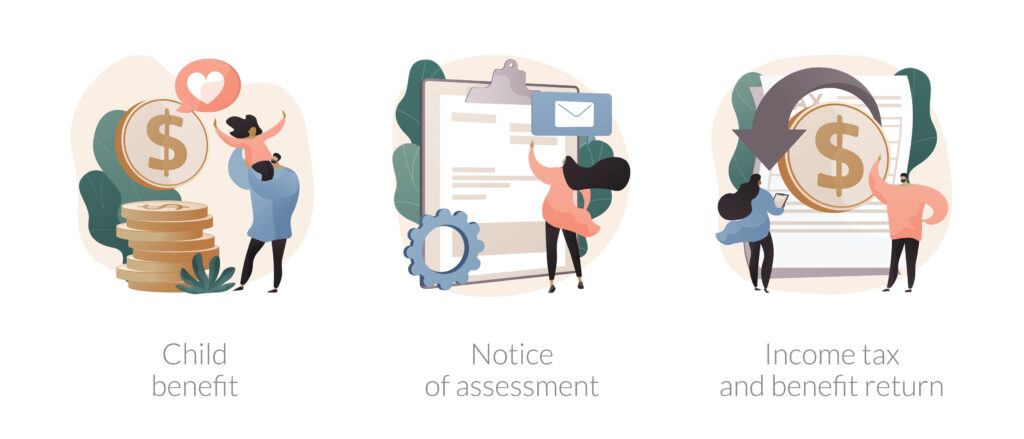Who Really Qualifies as a Dependent for Taxes?

How many dependents do you really have? Who can really be counted as a dependent? These are some of the most common questions that all taxpayers have. Can you count all of your children, live-in help, or perhaps a dog or other family pet? What about a friend who decides to crash at your place and basically mooch off you the entire year; can he or she be counted as a dependent?
As far as the IRS is concerned, there are two different kinds of dependents but there are dozens of scenarios that can fall under these two categories. There are also different rules for each type. The first type of dependent is classified as a qualifying child. The second type is a qualifying relative.
A qualifying child must be related to you, either by birth or adoption, or be a step or foster child. You must also provide more than half of the child’s total financial support and you can be the only person claiming that child on your return. To be a dependent the child must also be 18-years-old or younger, or if he or she is a full-time student, younger than 24-years-old.
The rules for being counted as a qualifying relative are much different. First, if your relative is a blood relative then he or she does not have to live with you in order to be counted. However, he or she must not provide more than half of his or her own support and that person cannot make more than $4000.
For a person who is not a blood relative to qualify as a dependent – like a lifelong friend who is down on his/her luck, or just plain lazy, or even your significant other – that person must live with you the entire year and their income must be less than $4,000 for the entire year. No one else can claim the person and you have to provide more than half of his or her financial support.
Estate Planning with Real Estate Within Your Family After California Prop 19
Estate Planning with Real Estate For many years, we have advised many of our high net worth clients and their families on real estate transactions, restructuring and income and estate planning. Our primary focus is to assist families in preserving wealth, effectively transferring wealth to the next generation, educating them and their children on how…
The History of Valentine’s Day
The History of Valentine’s Day What is the history of Valentine’s Day and is Valentine’s Day a good thing? If you’re a procrastinator like me, the answer is a resounding “No”; and “Yes”. You see, I’m also a romantic. And though I’m late to everything, my mother insists I’ll be late to my own funeral,…
7 Tips to a Better Valentine’s Day
Is there someone you want to make feel cared about or loved this February 14th? If so, here are 7 tips to make their Valentine’s Day a little more special. Be sure to let #1 sink in immediately, as time is short. And pay particular attention to #7, my inexpensive Valentine’s Day ideas. Tip…
Keeping Harmony and Wealth Within the Family Upon Your Death
Keeping Harmony and Wealth Within the Family Upon Your Death Keeping harmony and wealth within the family upon your death is often a tricky thing, as illustrated in this account. “You’ll hear from my lawyer, Jason!” Mr. Stevens yelled at his nephew as he stormed out of the room. Such is how a family Thanksgiving…




